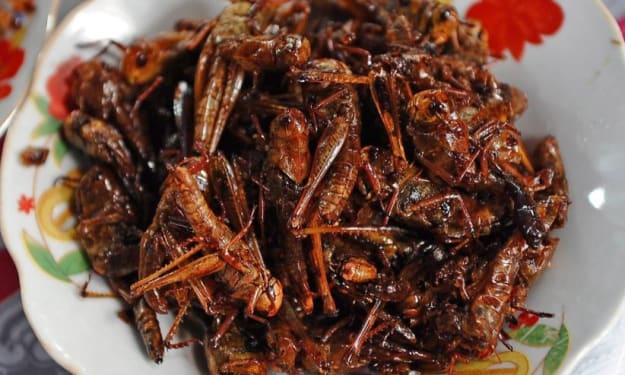
Ok, so this post is circling back to the post about permaculture that I did pre-Christmas, and whilst not exactly about permaculture it is about agro-biodiversity. I see the two topics as being intimately inter-related as they both seem to stem from utilising land to the best of its ability, and along with hydroponics and vertical farming may be part of the solution to feeding urban populations.
However, I think I need to double back on why I think this is a good subject to tackle, as unfortunately this post is a little out of sync with my life! Whilst I was at a Christmas drinks party for a foodie mag, an ear of corn was passed about. It was blue. Not your typical image of an ear of corn. This simple act of passing the corn around engendered several conversations about it (and about biodiversity) and piqued my interest. I had heard about blue corn before, but what I wanted to find out was why blue corn wasn’t as used as much in mainstream provisioning.
Look, I am excessively geeky about food and agriculture, and I’ve been told that perhaps I shouldn’t expect others to be as geeky as I am, so I’m going to attempt to unpack certain subjects. So, here goes: agro-biodiversity is (as it says on the tin) when you have much more than species of a particular plant growing within the overall food system (each farmer may grow only one particular strain but other farmers in the area might grow different strains of the same plant), which means that the food system is much more layered than conventional monocropping might allow for. In conventional, big agriculture (like big pharma but with less medication!) one sees very few species of plants making their way to consumers (like you and me) i.e. one species of bananas, one species of corn, one species of wheat etc, usually this forms the staples in our diet that can be accessed on a regular basis in shops. Access to multiple strains of one product can be hard (and a lot of times is limited to artisanal farmers markets/shops) and therefore, is not as quick and easy as popping into a Sainsbury's, Tesco or Walmart (though larger chains are selling heirloom varietals – mostly due to their popularity rather than biodiversity issues!).
It would be remiss of me not to discuss GMO’s at this point. I actually think that the use of GMO’s is a double-edged sword, in a lot of ways I can see the point of fortifying a strain to be resistant to pests, disease etc, or to give greater yields (which in a heavily populated world is necessary). However, some of the outfits that provide GMO seeds use very underhanded ways to obtain seeds and keep their customers buying from them – see the seed sovereignty movement and the 1999 Battle of Seattle (both of which are covered by Raj Patel in Stuffed and Starved). The fact that some strains of plants have been altered by GMO’s has a lot to do with which strains get to market, and subsequently monopolise the market.
So, back to the blue corn. As with most corn it originates in the Meso-American area (for this definition I’m using a broad geographical region – Mexico, the middle Americas and the South Western United States) and was grown in conjunction with the yellow maize that we’re used to seeing. It’s coming up in popularity, developed by the Hopi originally, and it is widely used in a lot of dishes – not only tortillas and chips, but also dishes from the US and more flexible types of cuisine. There’s a lot of discussion online regarding the health benefits, which is why I think blue corn has grown in popularity. Heirloom verities of produce are considered healthful because they represent a way that avoid GMO’s and encourages biodiversity.
I think that biodiversity is, in a lot of ways, linked to a more holistic and sustainable approach to the food system. The more strains of a particular food product that are commonly available increases the ability to firstly, choose; secondly, maintain a species in the food chain (we’ve all heard the horror stories about certain strains dying out); and thirdly, it's part and parcel of protecting the environment.
Housekeeping: I realise that I’ve not been keeping to my word count recently, forgive me. Next week is looking less busy and I’ll hopefully have more time to devote to this.
About the Creator
Julia Shortt
Food anthropologist, ex chef embarking on a ESL career - to help fund all the eating I want to do!
Twitter @liabecca1






Comments
There are no comments for this story
Be the first to respond and start the conversation.